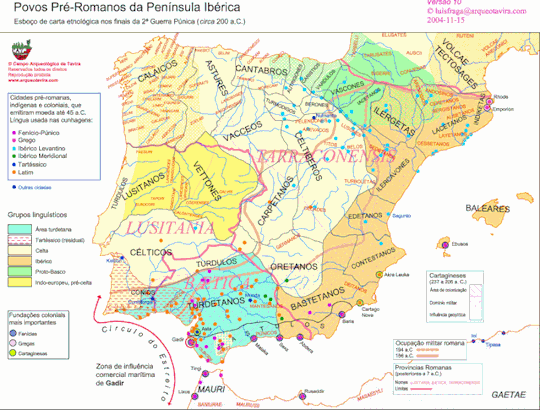#ancient iberia masterpost
Explore tagged Tumblr posts
Text
PRE-RROMAN IBERIA
So, I wanted to do a series of posts talking about the Iberian peninsula (+ Balearic and Canary islands) throughout history and its divisions. For that, I wanted to talk a bit in-depth about pre-Roman Iberia and the kind of peoples that inhabited it. So, first of all, here's the canonical map we usually use in class when we study all of this stuff.

It's in Portuguese, but it's pretty easy to understand. First of all, there are two big pre-Roman groups that inhabited the Peninsula: the indigenous and the exogenous groups.
The indigenous groups generally can be divided into two big "groups": Iberians and Celts. These two groups were so strongly divided that the Hispanic Roman author Martial wrote that he was descendant "of iberians and celts" all the way in the 2nd century CE. Of course, as you can see in the map, this was not as easy as that, and there were some groups that can't be classified into these two groups, namely the vasconi (direct antecessors of the modern Basque people), turdetani (descendants of Tartessos), and of course the indigenous Canarian people, the guanches.
The exogenous groups are basically Greeks and Phoenicians / Punics. Greeks stablished a polis in what's now Ampuriès, the city of Emporion; while Phoenicians were all over various points of the southern coast, with very very important trade routes.
Keep in mind, the names of the tribes and groups are all Roman, as well as the location of each of the groups; we don't know how much longer did one group inhabited a particular area. We also know that some of these groups didn't coexist; for example the contestani ruled over the territory where the edetani should be.
Not all groups produced a written script, in fact, we only have various iberian scripts that, even though can be read, aren't desciphered. Other than that, we mostly have toponyms and antroponyms, as well as some lusitanian words in latin script, again, without being desciphered. Linguistically, the lusitani and vettoni didn't speak a celtic language, which differentiated them with the rest of celtic groups. Of course, turdetani and vasconi also had a unique language.
These groups have a chronology of about the 13th century BC until the late 2nd century BC, when Rome started its conquest of the peninsula. Nevertheless, toponyms and anthroponyms, as well as some religious practices and other cultural stuff survived well into the Roman Empire.
As for the guanches, an Amazigh group, they have a chronology of about the 5th century BC until the 15th century, where the Spanish colonizers wiped out the locals.
I'll be doing individual posts on the exogenous first and then indigenous groups, and down below you'll have the complete list of everything i'll be talking about; I'll be linking all posts so you can take a look at them as I make them:
Exogenous groups:
Greeks
Phoenicians / Punics
Indigenous groups:
Turdetani and Tartessos
Bastetani
Oretani
Contestani
Edetani
Ilercavoni
Northeastern Iberian Groups (lacetani, indiketi, ilergeti...)
Middle Ebro Iberians
Celtiberians
Vaccaei
Vettoni
Carpetani
Celtici
Conii
Lusitani
Turduli
Galaici
Asturi & Cantabri
Vasconi
Balearics
Guanches
30 notes
·
View notes